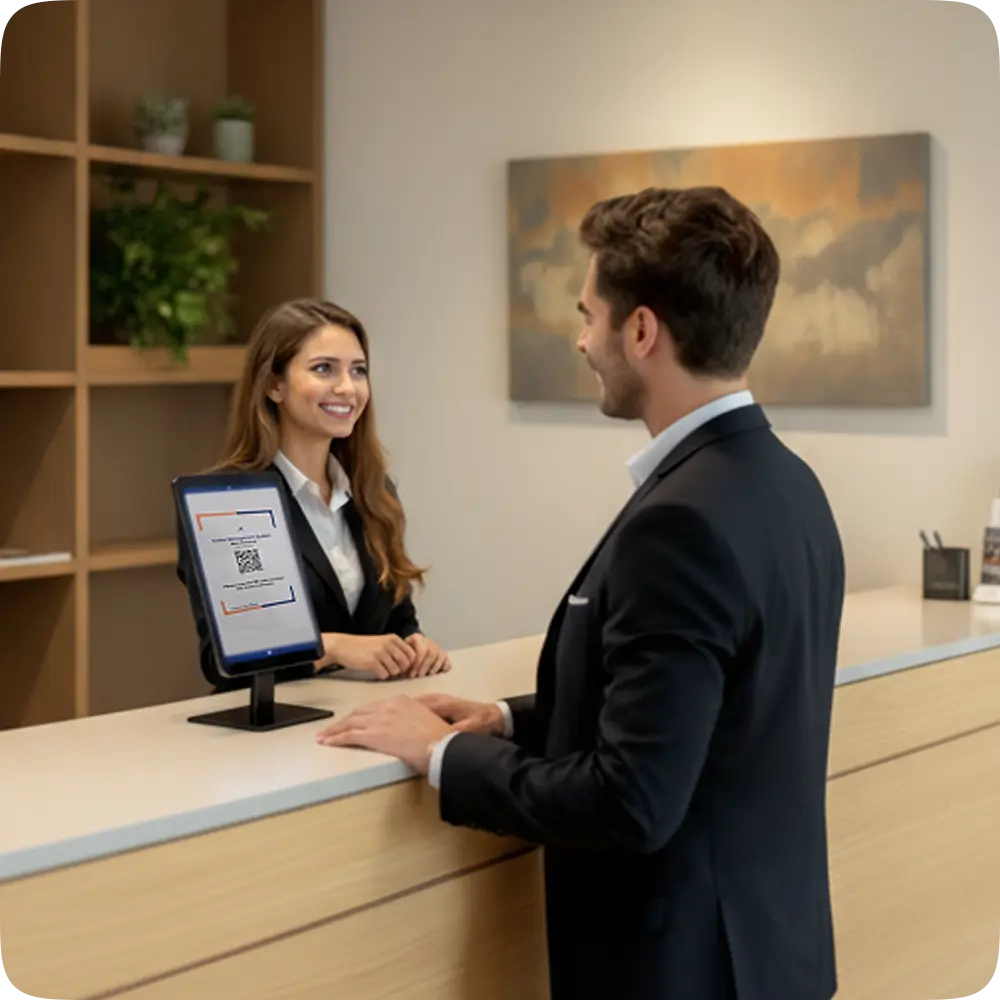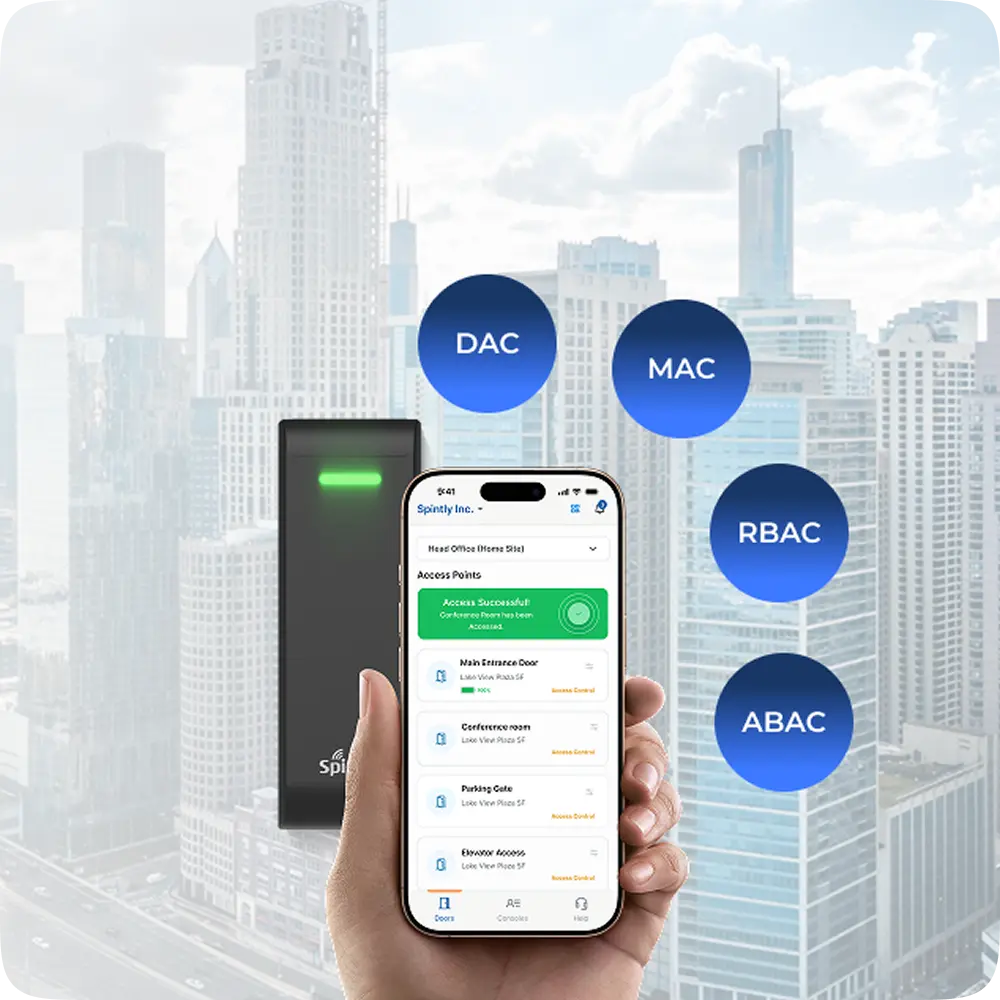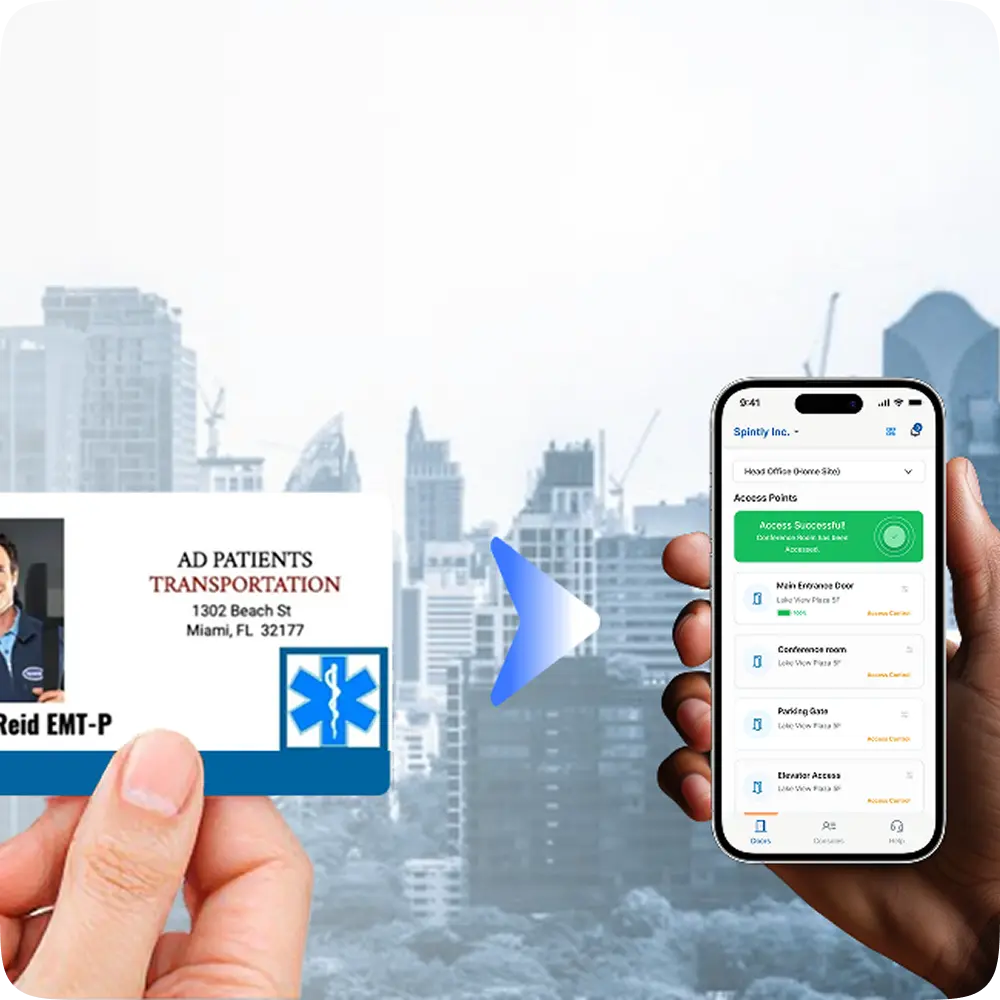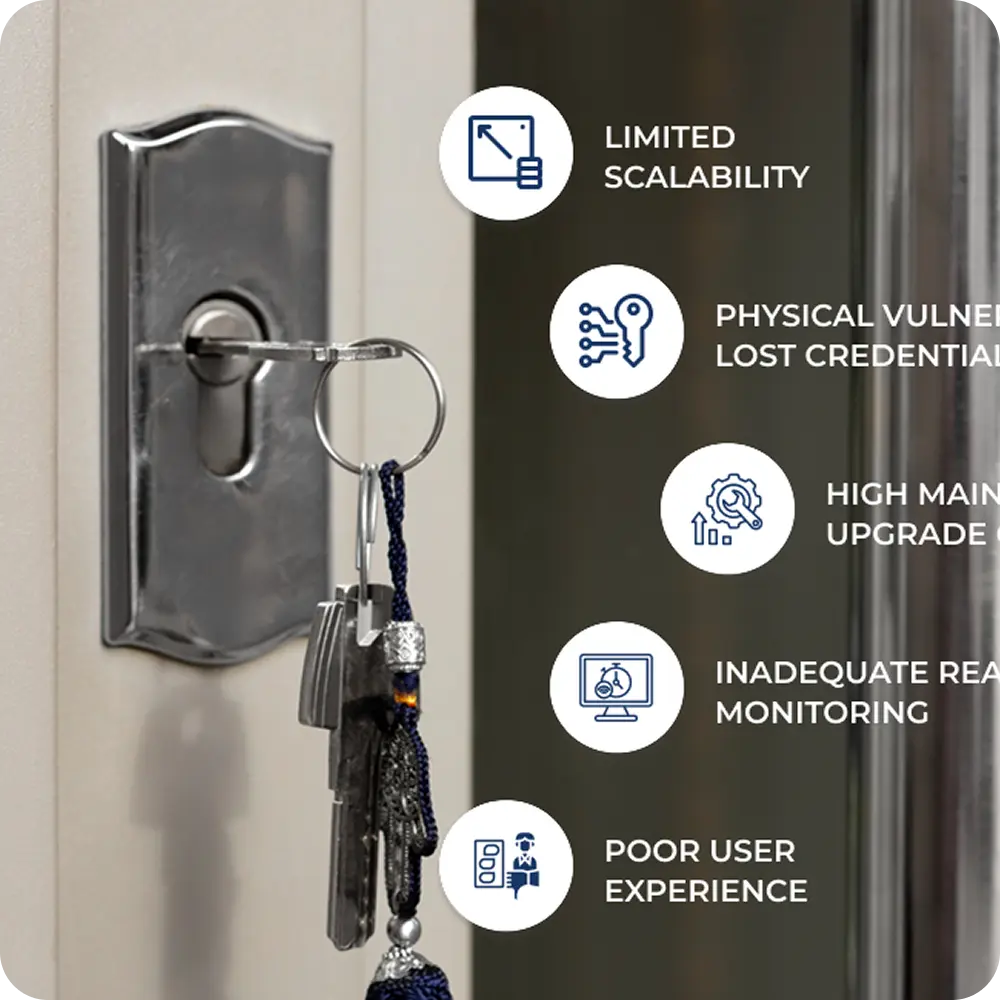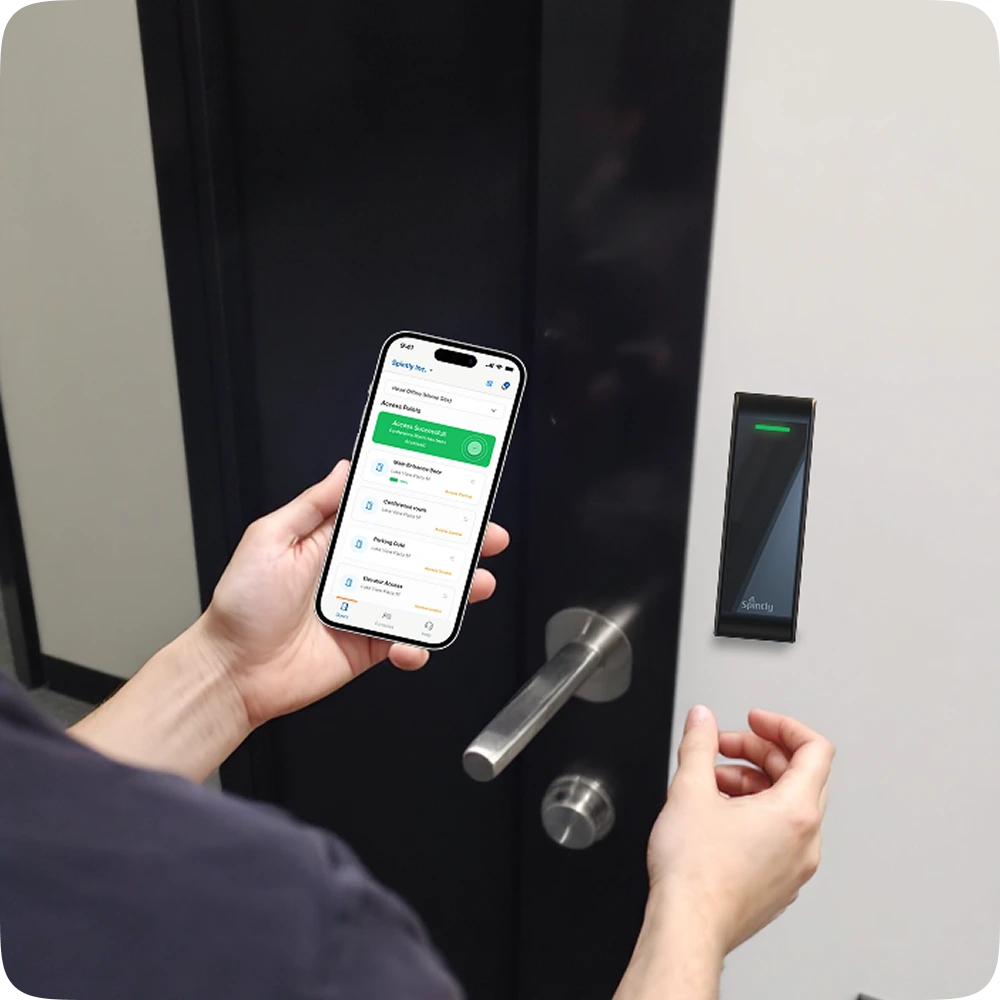In an age where data, assets, and human resources must be protected more than ever, the demand for advanced access control systems is on the rise. These systems are no longer just about keeping doors locked — they have evolved into comprehensive, smart technologies that secure buildings, manage entry permissions, and provide detailed access analytics.
This blog explores what access control systems are, their key components, how they work, and the core benefits they offer to modern organizations. It also discusses how companies are moving toward next-generation cloud and mobile-enabled platforms like those offered by innovative providers such as Spintly — to enhance workplace security while maintaining convenience and scalability.


